

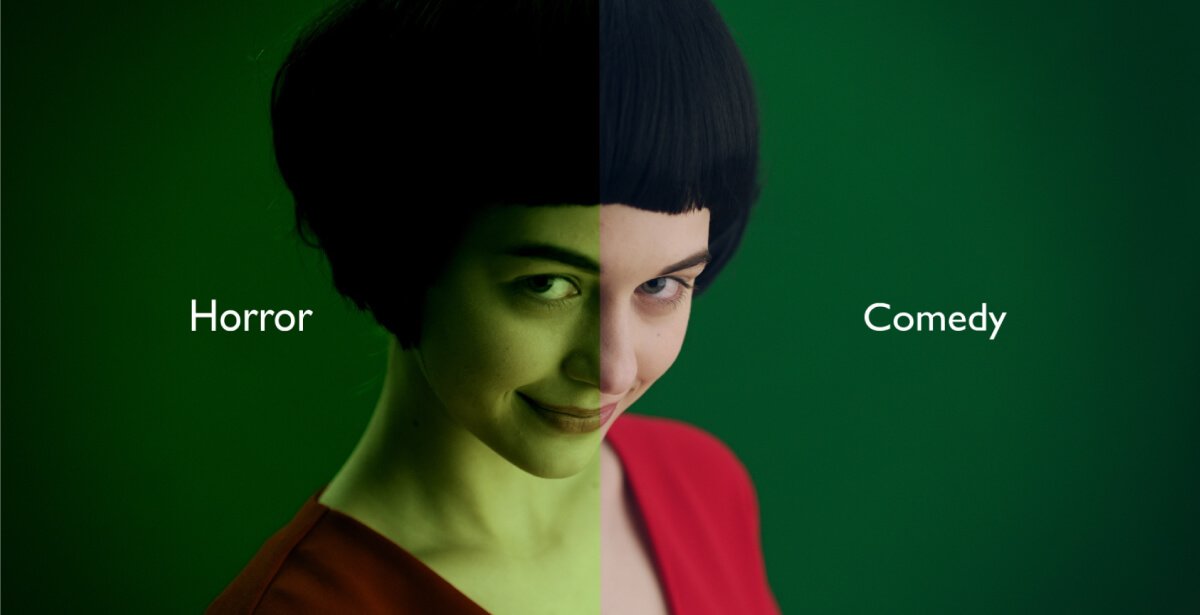
Regardless of whether you are talking about movies, pictures, or any other visual medium, for any creative work that is based on visuals color is an element that plays a vital role on which the whole work is centered. A good use of color allows the viewer to understand the intentions of the director or discover their individual style. Sometimes they may use vivid, rich colors, while other times they may use dark or pale colors. Even if there is no dialogue or no person on screen, and the image is just scenery, color can affect the audience’s emotions.
Conversely when a scene with a rich palette features inaccurate colors (such as colors that feature an overall blue or yellow tint) that do not line up with what we imagine in our mind, we might get a sense that something about the film’s style is “off”. Outside of letting us know that our video equipment is lacking, this phenomenon will also bring down the quality and level of enjoyment we get from the film.

Cool Palette
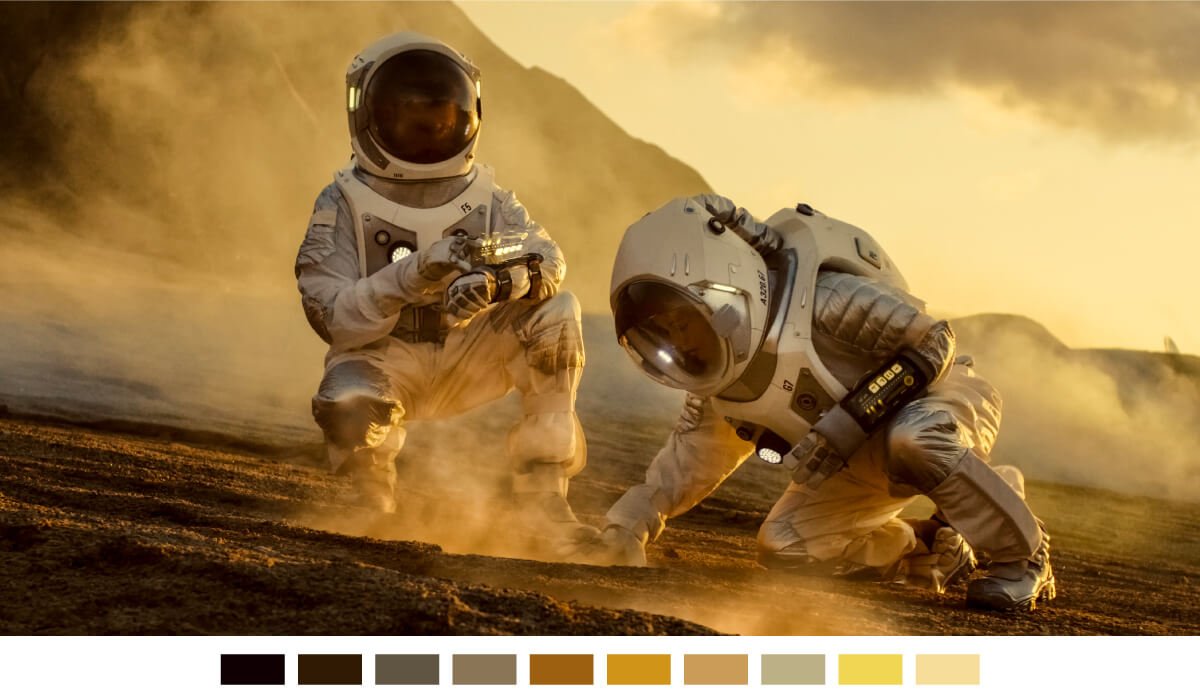
Warm Palette
In our time, movies have become a necessary staple of life. Given this, how to get the most precise and accurate colors out of our audio-video equipment has become a question of growing importance, especially when you are talking about the many consumers who dream of creating their own customized home theatre. Whether it be for space where they can relax after a long day at work or a place to enjoy movie time with their loved ones, these home theatres need projectors that can ensure that the colors the director envisioned are properly translated, thereby making the cinematic experience something that can’t be missed.
When resolution was still stuck at 1080p Full HD, a wide color gamut usually meant covering 95% of the Rec. 709 color range. But with the development and maturation of 4K UHD and 8K UHD resolutions in recent years, the UHD Alliance, with the approval of the International Telecommunication Union (ITU), released specifications for their definition of Ultra HD Premium, requiring that certified equipment cover at least 90% of the DCI-P3 color space.
A “wide” color gamut, however, does not necessarily meet these requirements, because the color gamut’s coverage is more important. In the past when testing color gamut, one would often see the description, “XX% of the NTSC color gamut”. In reality, this type of description was not very accurate because this type of color gamut description was more a measure of area, for example, 100% of the Rec. 709 color gamut is roughly equal to 72% of the NTSC color area but of that number about 4% of the color gamut range is not covered as seen in the image below (the solid line in the image represents the Rec. 709 color gamut, while the dash line represents the NTSC color gamut).
Because of all of this, when a color gamut is said to cover the Rec. 709, DCI-P3, Rec. 2020, or any other color space, it does not necessarily mean that its colors are accurate. More importantly, outside of having just higher coverage, color accuracy needs professional calibration before a projector can truly be called color accurate.

Having discussed color gamut, the next step is to discuss the requirements for Rec. 709 color accuracy as defined by the ITU. The ITU declared that the Rec. 709 white balance’s color temperature must accurately display all the colors of the D65 color temperature. However, beyond white balance (W), the six RGBCMY colors must also be calibrated accurately and must conform to Rec. 709 standards including its requirements for color coordinates and color brightness. Thus, only when a calibrated projector’s dE2000 value is below 3 can it be properly called a color-accurate projector.
When asked whether a projector is color accurate or not, it is often times difficult to explain in words the accuracy of color. An easier way to answer this question is to ask how small the difference is between the projector’s color and that color’s standard version. As a result, once a projector’s colors have been professionally calibrated, we judge the performance of the projector using a color difference standard that's as close to the human eye as possible.
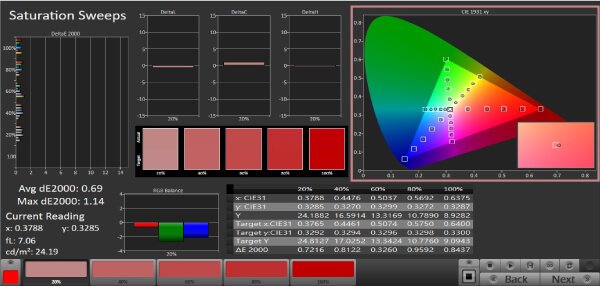
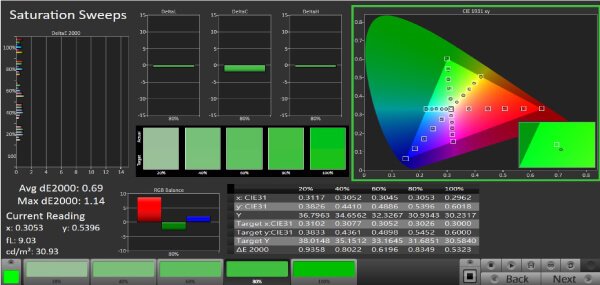
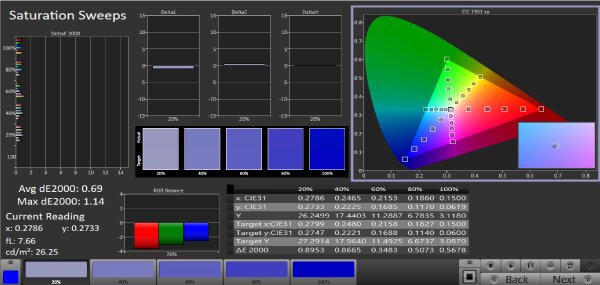
dE2000 value lower than 3 after professional color calibration (by CalMAN)
Delta E (dE) 2000 is a way of calculating color difference that is very close to what the human eye sees. It represents the difference between two colors with a numerical value where the lower the value, the smaller the difference between the two colors is. In theory a dE2000 value of 1 represents the limit at which the human eye can differentiate 2 colors. In other words, if the value is lower than 1 the human eye will not be able to tell the difference between the two colors. Generally speaking, when the dE2000 value is between 3 and 6, the color accuracy is good enough for commercial use, but not quite good enough for professionals working in the print or video production fields.
Properly calibrating projectors using professional technology can ensure that each purchased projector’s dE2000 value is lower than 3, and once the dE2000 value is lower than 3 the projector is considered color accurate.
In terms of color accuracy for the human eye, dE2000 is used as a means of calculating the difference between two colors as well as standardizing the range and tolerance of color perception in humans. In general, a dE2000 value between 3 and 6 is a difference in color that is acceptable to most.
Every home theatre projector is made up of mechanical, electrical, and optical components. Only a solid design that employs superior optics allows the projector’s colors to flourish. Furthermore, during the production phase each projector must be processed by special instruments and calibration software in order to fine tune its color accuracy, including calibrating its gamma, black level, white level, neutral grey, RGBCMY color tracking, hue, saturation, brightness, and other qualities.
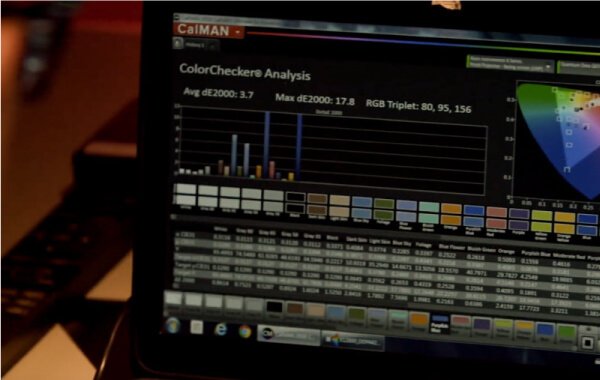
Software Optimization

Production Line Quaility Control
{{title}}
We will notify you when we have more.
We will send you an email once the product become available.Your email will not be shared with anyone else.
Sorry, our store is currently down for maintenance.We should be back shortly. Thank you for your patience!